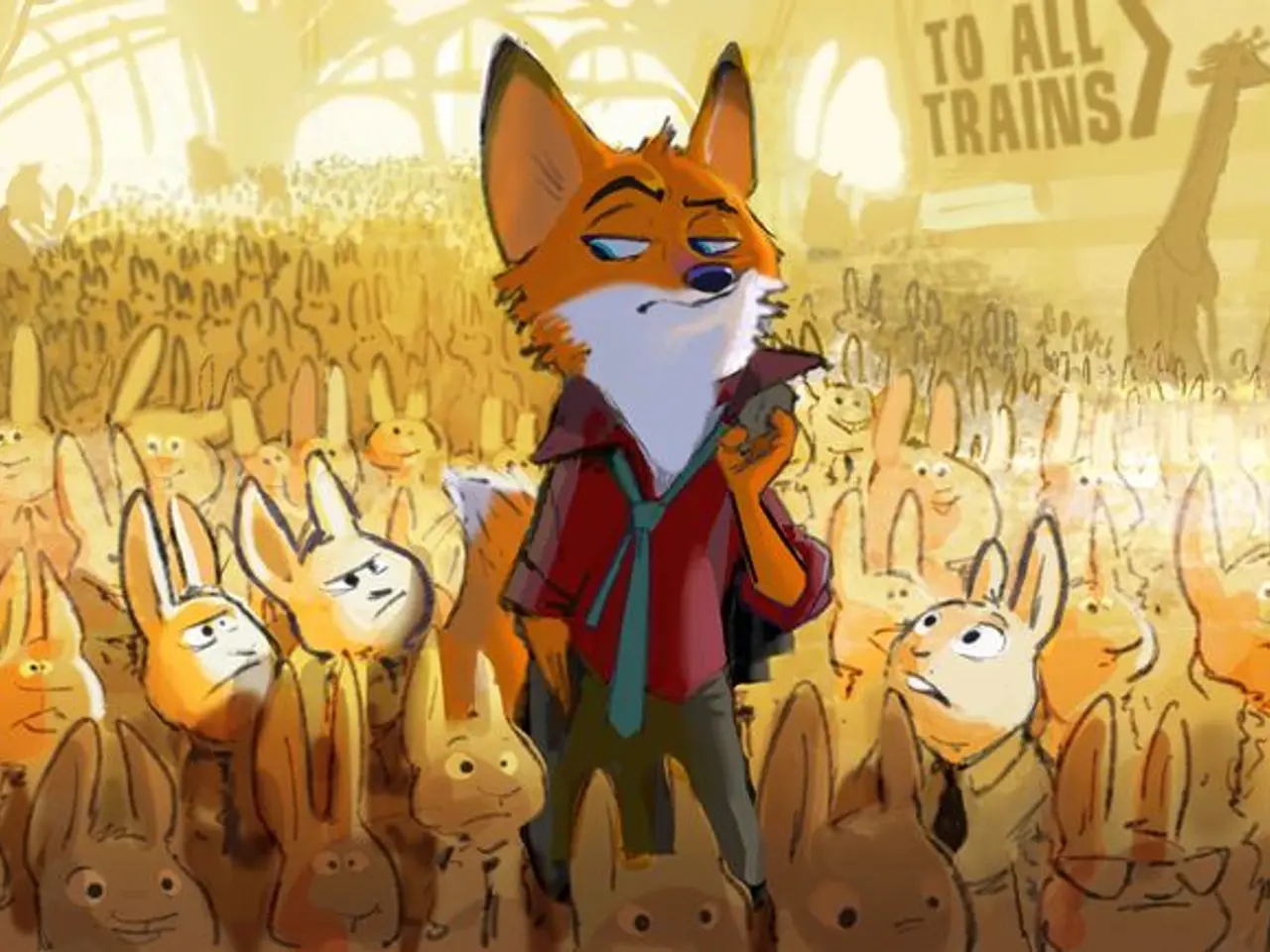The Operational Mechanics of Film Distribution Revealed
The journey of a film from a motion picture studio to your local theatre is a complex process, involving multiple stages and terms.
- The Creation and Completion of the Film The process begins with an idea, which is then brought to life by a team of screenwriters, producers, directors, cast, and crew. Once the film is completed, it is sent to the studio.
- The Distribution Process The studio develops a distribution strategy, which includes theatrical release plans. Films are distributed to theatres digitally or on physical prints. Digital cinema technology has largely replaced film prints, allowing electronic transfer of movie files to theatre servers, saving costs and easing logistics.
- Negotiating the Deal A theater’s technical staff uses playlist software to schedule and control the playback of the film. Major studios typically negotiate directly with large theater chains to secure screens. Independent theaters and distributors have less bargaining power and often face tougher revenue splits.
- Key Terms Explained
- Held Over: When a film’s initially scheduled run in theatres is extended beyond its original end date because ticket sales remain strong or to capitalize on ongoing audience interest.
- Special Engagement: A limited, booked run of a film outside a normal release window or in specialized venues, sometimes for limited audiences or festival showings.
- Leasing: The contractual arrangement where theatres lease the right to show a film from the distributor or studio, usually involving agreed-upon terms for revenue sharing and the duration of the exhibition.
- Bidding: In some cases, theatres or distributors bid for exclusive rights or preferred screening slots for a film. This can happen in competitive markets or for particularly high-demand films.
- The Lease Agreement The lease terms are discussed once a buyer is interested in a movie. The percentage split for the gross box office (total ticket sales) is also set for the duration of the engagement. The length of the engagement is typically four weeks, but can be extended if the movie continues to draw a steady crowd.
- The Theatre's Role The theatre sends the print back to the distribution company and makes payment on the lease agreement at the end of the engagement. If a movie is very popular and can continue to draw a steady crowd, the theatre may renegotiate to extend the lease agreement.
- Ancillary Rights Distributors may use ancillary rights to distribute the movie on various platforms such as VHS, DVD, cable, network TV, soundtrack CDs, posters, games, toys, and other merchandising.
- The Balancing Act Distributors try to balance the movies they lease to theatres in the same local area to make sure all of the theatres will continue to work with them.
This ecosystem is increasingly dominated by large studios and chains, shaping availability and terms for smaller players. The negotiating process is very political, with buyers often accepting a movie that the theatre is not very interested in to make sure they get a film they really want.
[1] Digital Cinema Initiatives. (2021). Digital Cinema Technology. Retrieved from https://www.dcimovies.com/digital-cinema-technology
[3] National Association of Theatre Owners. (2021). Distributor-Exhibitor Relationships. Retrieved from https://www.natoonline.org/the-business/distributor-exhibitor-relationships
[4] Schneider, M. (2018). Movie Business Book. Retrieved from https://www.amazon.com/Movie-Business-Book-Mark-Schneider/dp/1501133076
Engaging with the Theatre Industry The negotiation process with theatre chains is a crucial aspect of movie distribution, with both major studios and independent distributors aiming for preferred slots and audiences. (repeating text from the original text)
Coexistence and Competition While large studios and chains play a significant role in shaping the movie ecosystem, small players navigate the complex negotiating landscape and compete for screens and audiences. (paraphrasing text from the original text)





